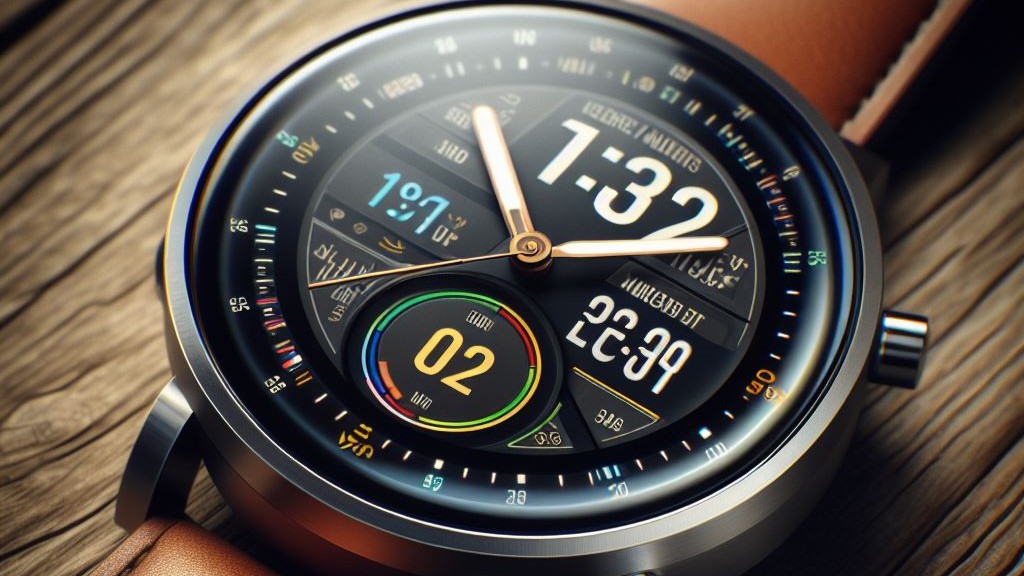
Digital vs. Analogue
One of the most basic aspects of computers is how they represent information. Computers are “digital machines.” This is a defining term: we live in a “digital age.” What does this really mean?
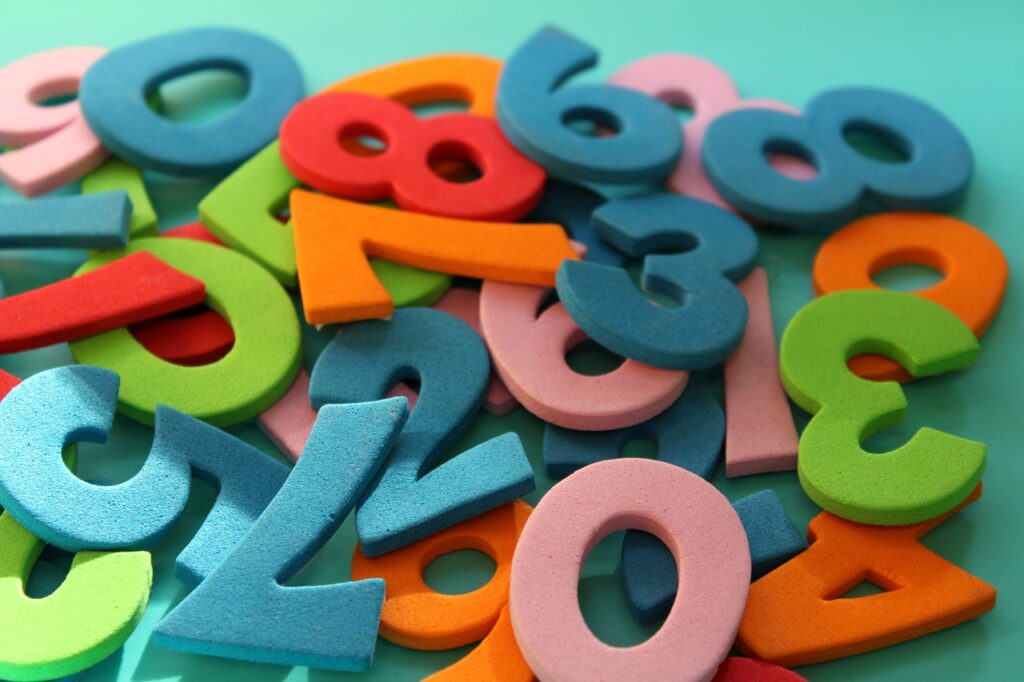
The term “digital” refers to numbers. “Digits” are the symbols we use to represent quantities. In our standard decimal or denary system, we have ten digits: 0, 1, 2, 3, 4, 5, 6, 7, 8, and 9.
We can use different number systems, and their digits might be different. The Roman numeral system used letter symbols as numbers: capital I for 1, V for 5, X for 10, and so on. Computers use a binary number system, with two binary digits (or “bits”): 0 and 1.
The opposite of “digital” is “analogue” (also spelled “analog”). Digital systems use numbers, while analogue systems represent amounts with a continuously changing physical element. For example, a digital clock simply shows the time using numbers, while an analogue clock uses physically moving pointers (called “hands”) to show the time.

Most analogue clocks (like in the example video above) also show digital representation of the time, but that’s not necessary. Because the time is represented by the physical movement of the hands of the clock, the use of numbers isn’t necessary, as in the clock shown on the right.
There are many situations where analogue systems are used: besides clocks, there are analogue thermometers, speedometers, and various other measuring tools. Each one uses a moving physical element to represent a quantity.
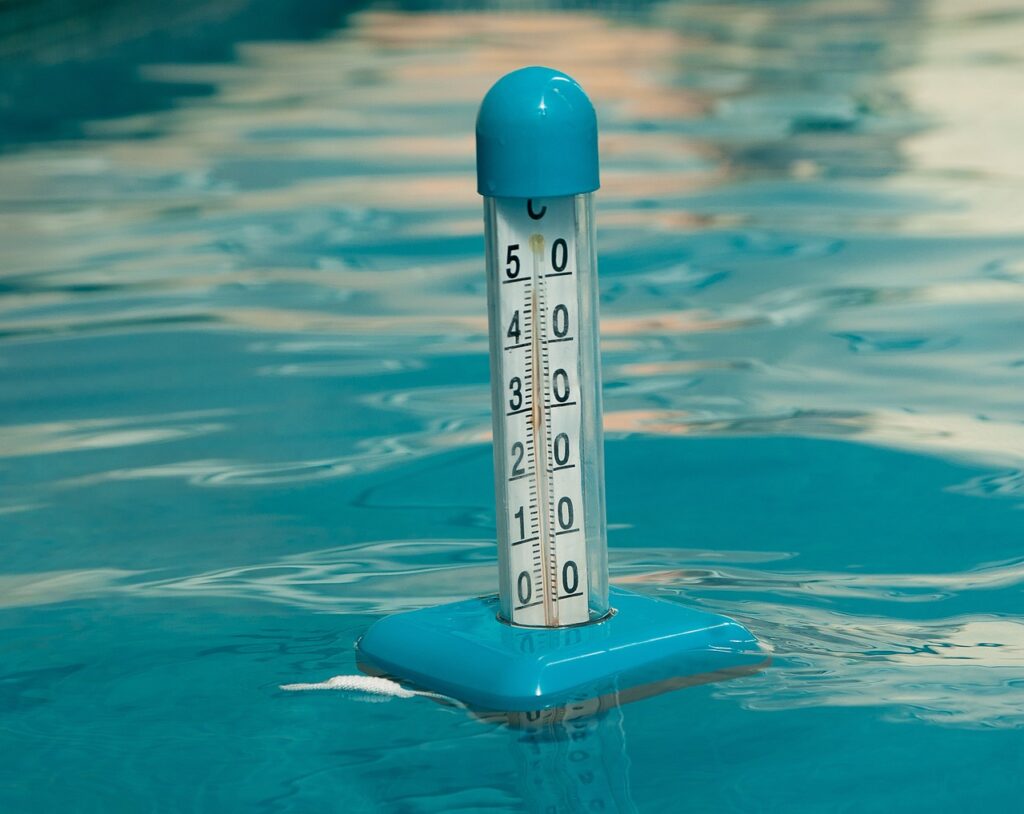
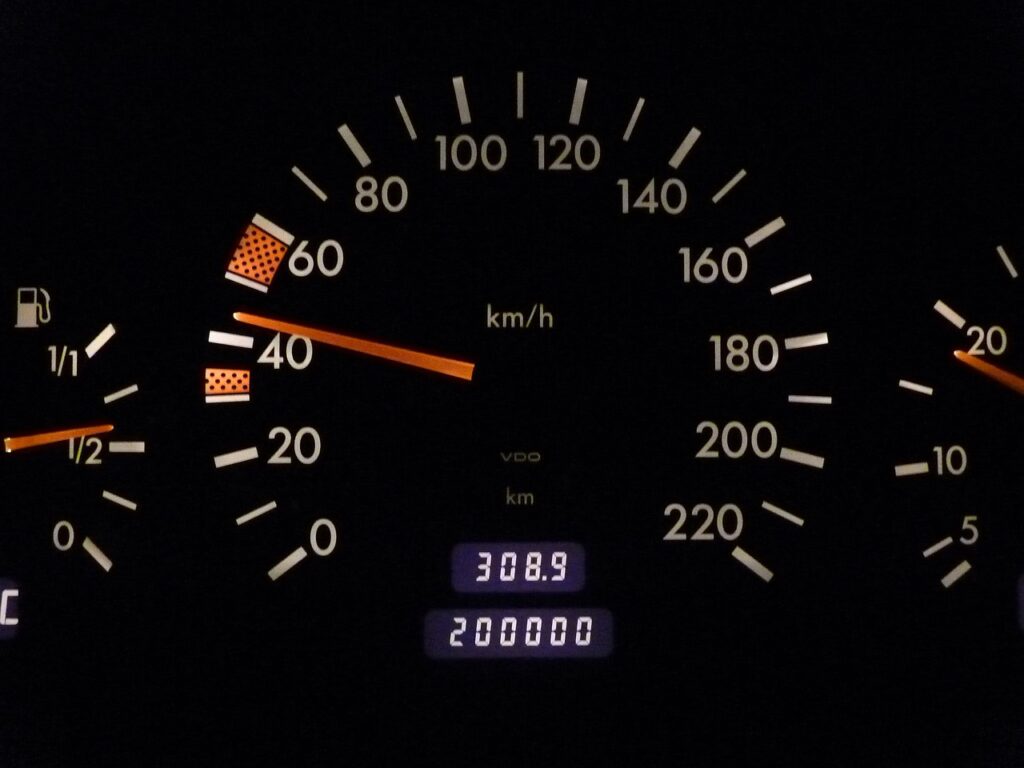
One of the biggest differences between the two systems is that analogue information is continuous: the information can vary almost without limit. The sweeping movement of the clock’s hands (particularly visible with the seconds’ hand) or the flowing movement of thermometer’s mercury can show fractions of seconds or degrees to almost any amount. Meanwhile, digital information is discrete: between one digit and the next, there is no measurement in between. For example, a digital clock can’t show fractions of a second… or if it does, it’s only to a predetermined level.


Since digital information is discrete, there is a limit as to how precise it can be. The limit might be far enough that it isn’t readily noticeable, but it is there. You can imagine the difference by looking at the speedometer below, which shows both digital information (on the left) and analogue (on the right).

The digital readout only shows kilometres per hour. As a driver is speeding up, the readout will go from 101 to 102, without showing anything in between. It’s possible the driver is going 101.5km/h and the readout only shows 101. The analogue dial will show the needle passing between the space from 101 to 102. The difference is small and may not make much practical difference to the driver, but under different circumstances it might cause problems. Consider a situation in which precision is much more crucial, such as docking two moving spacecraft. If the measurements are only in km/h, that lack of precision might make the difference between a successful docking and a damaging crash. Astronauts need much more precise calculations and representation of their speed, in meters per second and more.
The difference between digital and analogue information can also be represented by showing a graph of a changing amount: volume of sound, temperature, etc. An analogue signal shows a continuous curve, while a digital signal shows a quantity at a specific level for a particular time. Converting from one to the other can result in approximations or loss of nuances, especially depending on how frequently a digital value is recorded.
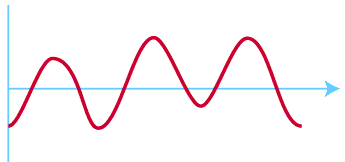


The beauty of computers is that they can represent all kinds of things digitally, not just measurements of temperature or time or sound volume. They can represent images, videos, and more – using digits …and just the two binary digits of 1 and 0!
For more information on how computers can represent things digitally, check out my online course “Conquer Computer Science: Data Representation”
Leave a Reply